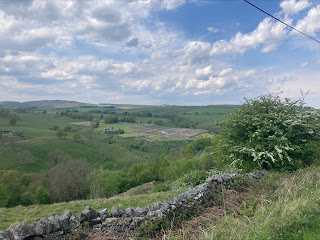Lithomarga - Adding Textures
At home I listened back to my Housesteads recording and started to imagine and conceive of what kind of musical and textural layers I'd like to add. I wanted a fairly spacious mix with a busy and melodic bassline to support the acoustic harmony I had created.
Being my primary instrument, the bass guitar gives me a chance to shine and do something unique with my composition. I also fancied adding droning sounds and some chord swellings, which I could achieve by using my flatmate's keyboard plugged into my audio interface. Where there was more space in the mix, using a lead guitar helped me fill the space with delicate melodies.
In terms of sound painting, I opted to use some samples I recorded in Northumbria that day as well as sampling from my other excursions for this module, including a backing track tapestry of birds, sheep, running streams and footsteps. Using the concepts of musique concrete, I crafted a backdrop of my own natural sounds to help place the piece in its intended environment.
I used panning to separate natural elements across the sound stage and create a more realistic 3D audio space for the mix to sit in. My hope is that it allows the listener to close their eyes and picture the scene the Roman women who used my artefact may have inhabited. The water sounds I used from the stream on Bardon Moor and Pavey Ark in the Lake District pan across the mix as the song progresses, moving from right to left and back gradually. This gives an impression of movement through the composition, as opposed to a static, unchanging environment.
Overall, I have created a rich sound collage that embodies the qualities and history of the amulet from the museum.



Comments
Post a Comment